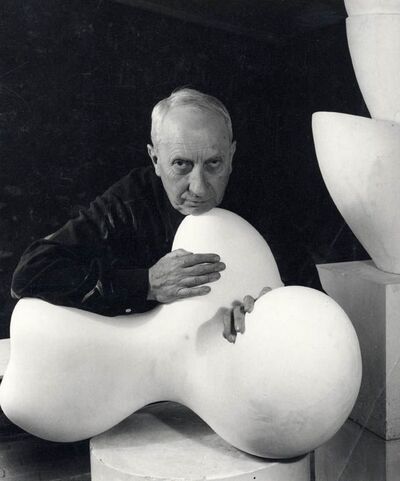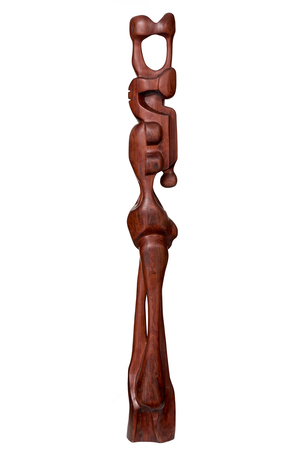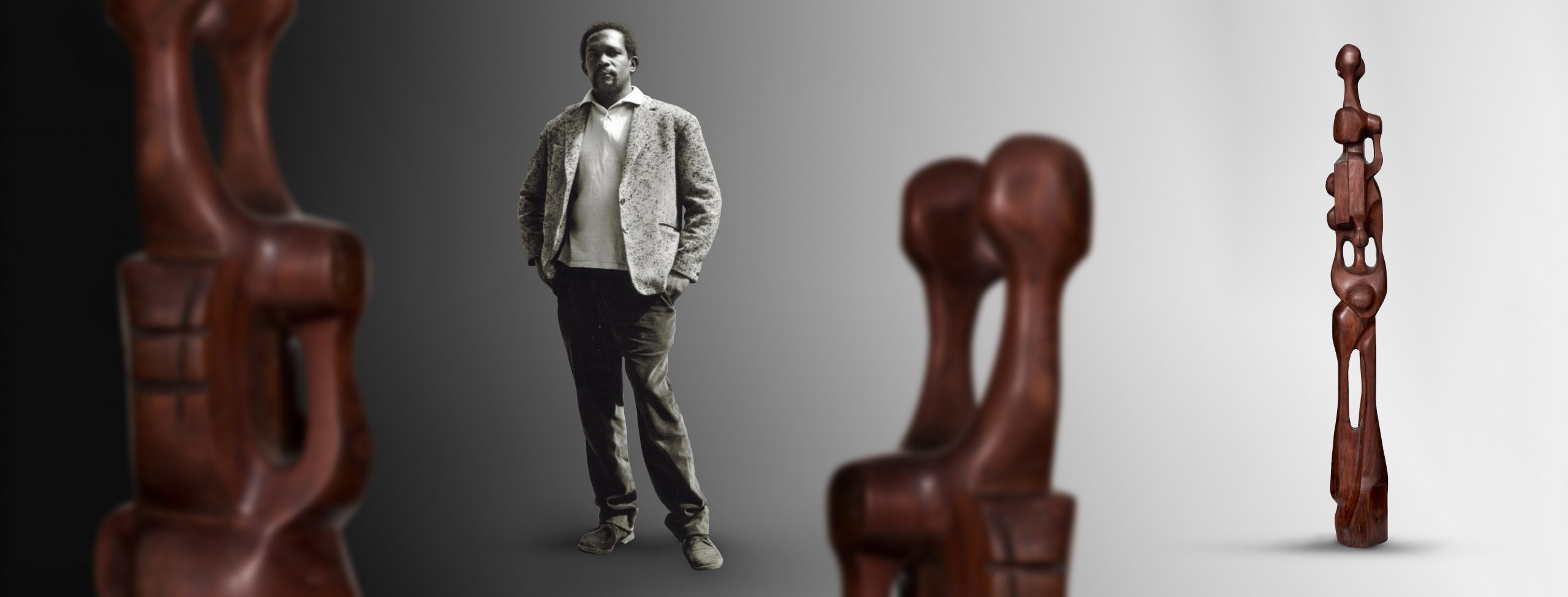Agustín Cárdenas, sculpture on the edge of abstraction

Since the late nineteenth century, Paris emerged as a mecca for art, and it would not cease to occupy that podium until the end of the next century. In the 1950s, when the Cuban sculptor Agustín Cárdenas traveled to the French capital, he imbibed the indelible heritage left by figures such as Jean Arp and his surrealist group.
The happy encounter with primitive statuary (which he studied while touring the rooms of the Louvre) and with stellar figures of modern organicist sculpture (Henry Moore), as he was an artist who had grown up between two cultures, the European and the African, would determine the evolution of his artistic vision and his path to international recognition.
The important sculpture that Setdart Subastas is putting up for sale these days was made in this especially exciting period for Cárdenas. The artist had been awarded a scholarship by the Cuban government to study in Paris. In this decade, the mid-1950s, his formative genealogy was redefined, establishing himself as a clear heir to Jean Arp’s abstract biomorphism, but without neglecting his own roots and Wilfredo Lam’s emphasis on the spirituality of the archaic form.
We are before a unique piece, carved in wood, of considerable dimensions, whose stylized proportions and formal purification suggest, through its quiet curves and gentle meanders, an anthropomorphic representation. Despite staying on the fringes of abstraction, it’s hard not to imagine two human heads merging into a kiss as their torsos entwine in a tender embrace.
The spiritual cadence that emanates from these mysterious silhouettes is rooted in a universal aesthetic that shortens the distance between ancient totems and modern sculpture.
This first stage in the artist’s production was also characterized by his plastic experimentation with wood, used as a support and unique material for his works. The carving technique shows the harmony that the artist generates between matter and space. Resulting in an evocative work, which introduces the viewer into a world of insinuations, nuances and conceptual depth.
It is not surprising that this and other works by Cárdenas were called “Formas del silencio,” the title of the show held at the Wilfredo Lam Center in Havana. A silence pregnant with voices, old and new, permeate their forms.







